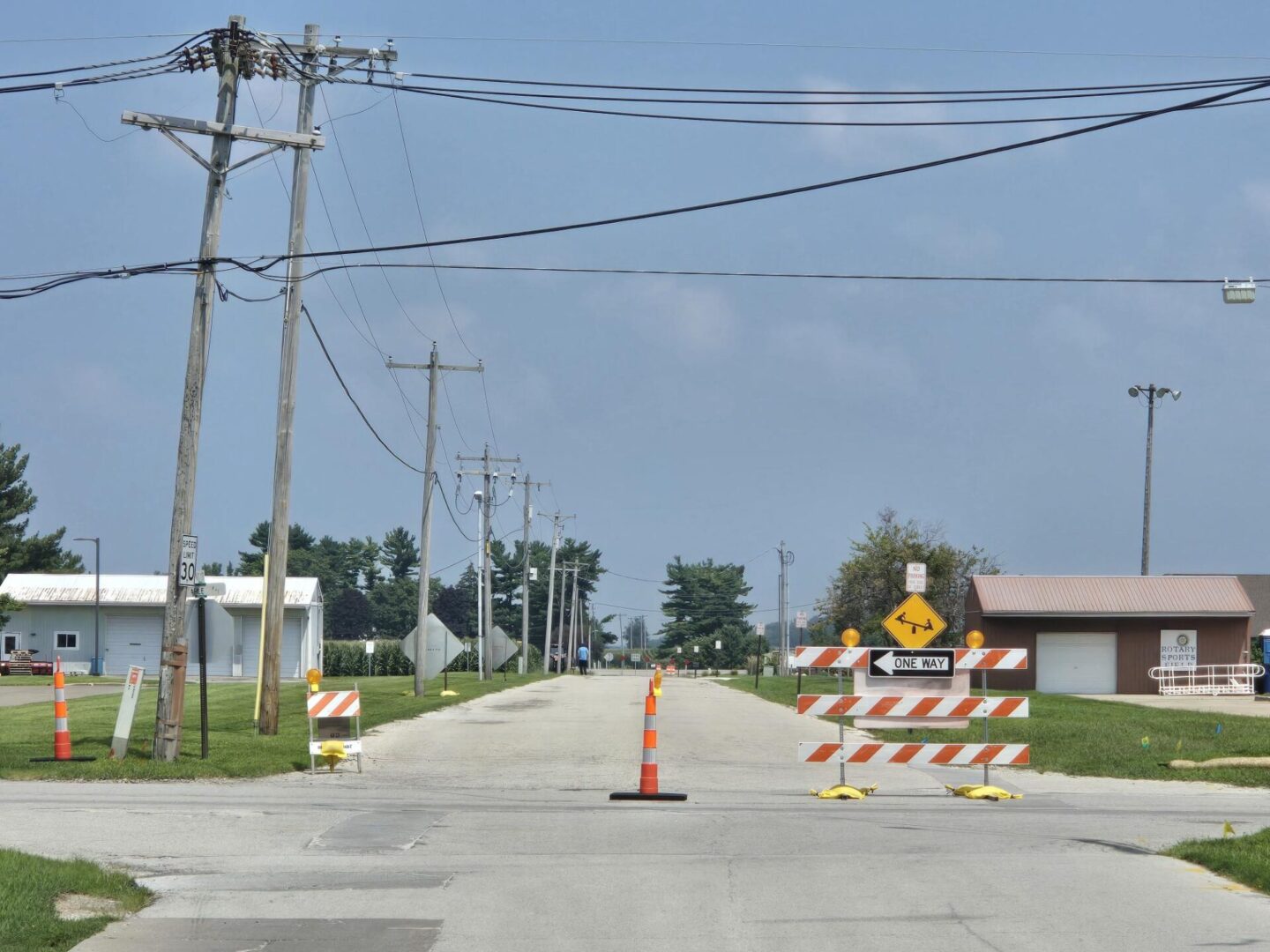One in four IEA members has at least one additional job
Today, the Illinois Education Association (IEA), the largest education organization in Illinois, will release data from a Red for Ed membership poll showing nearly 60% of teachers, higher education professors and education support staff are considering leaving the profession. This news comes amid a critical teacher and support staff shortage both in Illinois and nationwide.
“This data should set off massive alarm bells for parents, students and community members. We are in a dire situation with teacher and support staff shortages. We know districts cannot attract and retain enough talented adults to work with our students,” IEA President Al Llorens said.
The data show:
- 94% of IEA members work additional hours outside their contractual workday.
- 97% spend their own money on supplies for their students and classrooms, with one in four educators spending at least $500 on things like pencils, furniture and hygiene products.
- 59% are considering leaving the profession.
- The top reasons educators give for considering leaving are as follows:
- 65% say they are not earning enough money;
- 65% say there is a lack of respect for the profession;
- 62% say their workload is increasing.
- The top reasons educators give for considering leaving are as follows:
“The biggest reasons educators want to leave is a lack of respect, an increasing workload and money. Just think about that for a second. Would you want to pour your heart and soul into a job where you’re not appreciated and constantly being asked to do more for less money? Probably not,” Llorens said.
The IEA’s Red for Ed Survey also found educators are buying supplies even if they have extra jobs or are struggling under the weight of student loan debt. One in four IEA members has an additional job and one in four is paying off student loans.
“Imagine if doctors had to buy their own supplies for surgeries. What about police officers and firefighters? Should they be required to buy their own equipment, too? Everyone deserves to have the basic tools to do their jobs,” Llorens said. “We know our educators got into these jobs because they wanted to work with students and help their communities, but their good will is being exploited. It’s not right.”
Educators of color are disproportionately impacted by these financial constraints and are more likely to carry student loan debt — 40% carry more than $20,000 in student loan debt.
The data show:
- 41% of IEA members have student loan debt.
- Of those with debt:
- 39% are white.
- 53% are members of color.
- Of those with debt:
- 43% of IEA members have at least one additional job
- Of those with additional jobs:
- 41% are white.
- 53% are members of color.
- Of those with additional jobs:
“We need to take a look at this system, make changes and do better,” Llorens said. Just like we believe all students should have access to an equitable public education, we believe the education profession should be equitable for all educators.”
The survey of 500 active IEA members was conducted by Normington Petts on June 10-13. It has a margin of error of +/- 4.4%.
The IEA will be announcing the poll results and sharing member stories during a Zoom news conference on Oct. 9 at 11 a.m. If you plan to attend, please sign up through this link and the Zoom information will be emailed to you.
***Courtesy of the Illinois Education Association***















